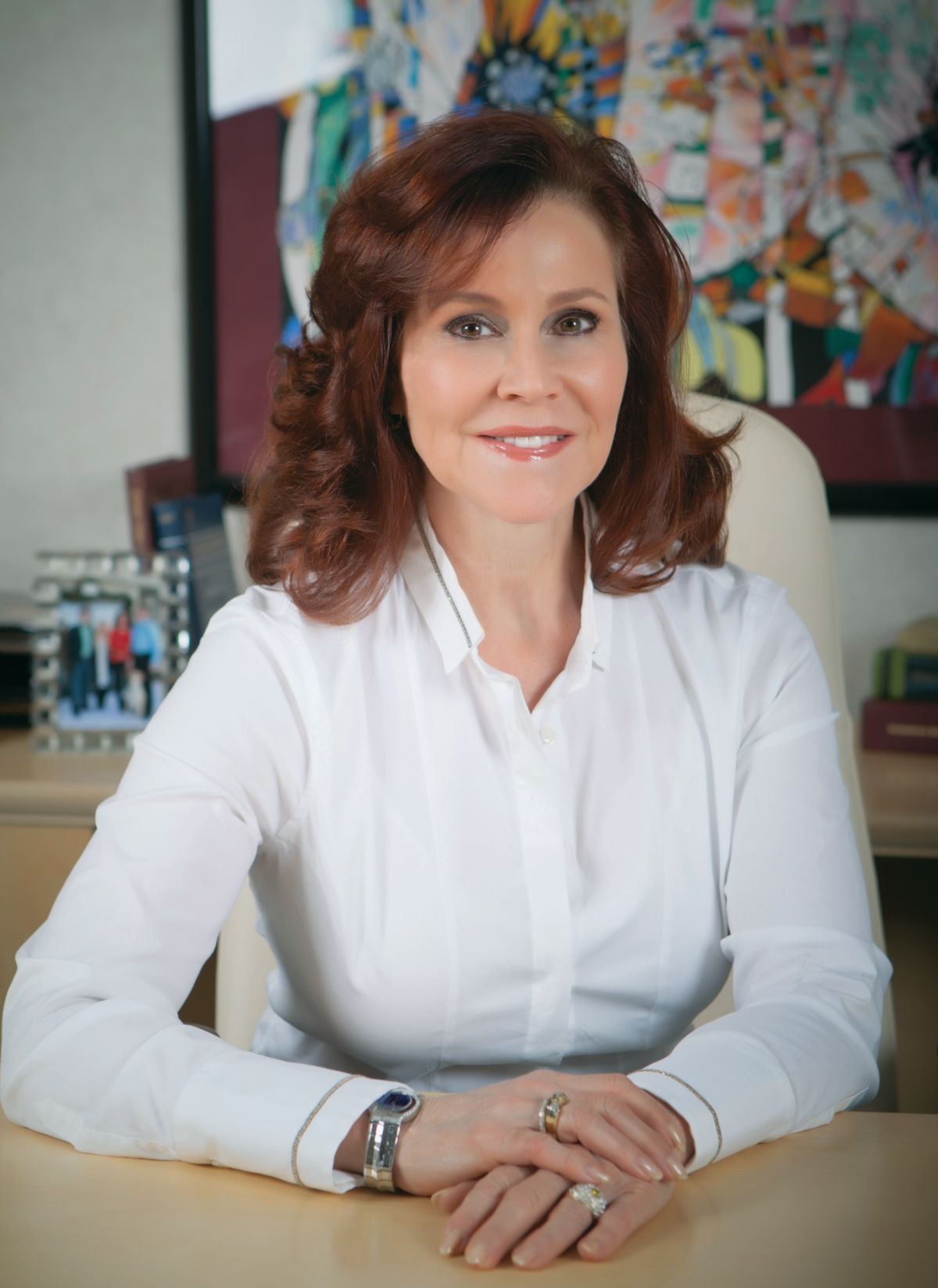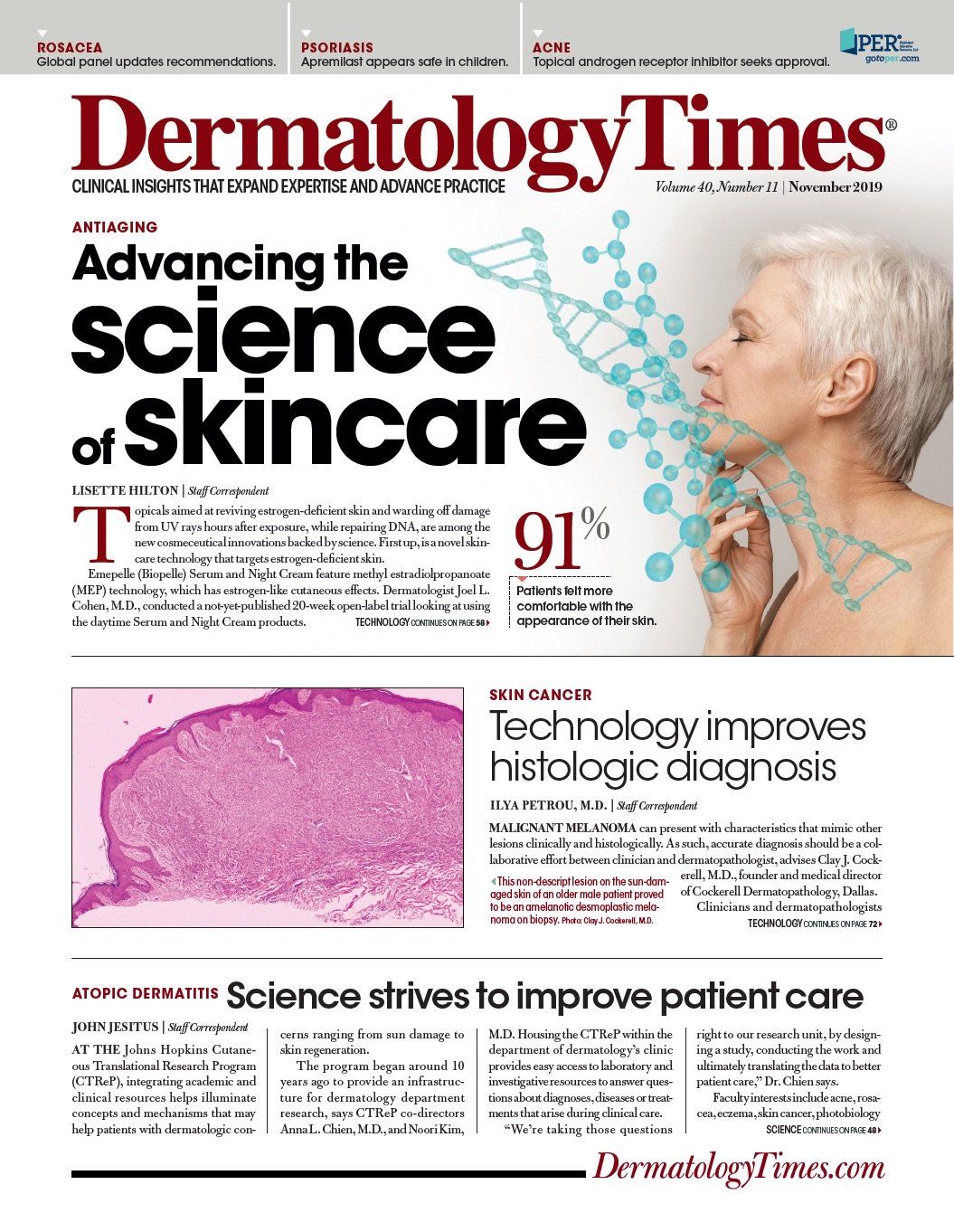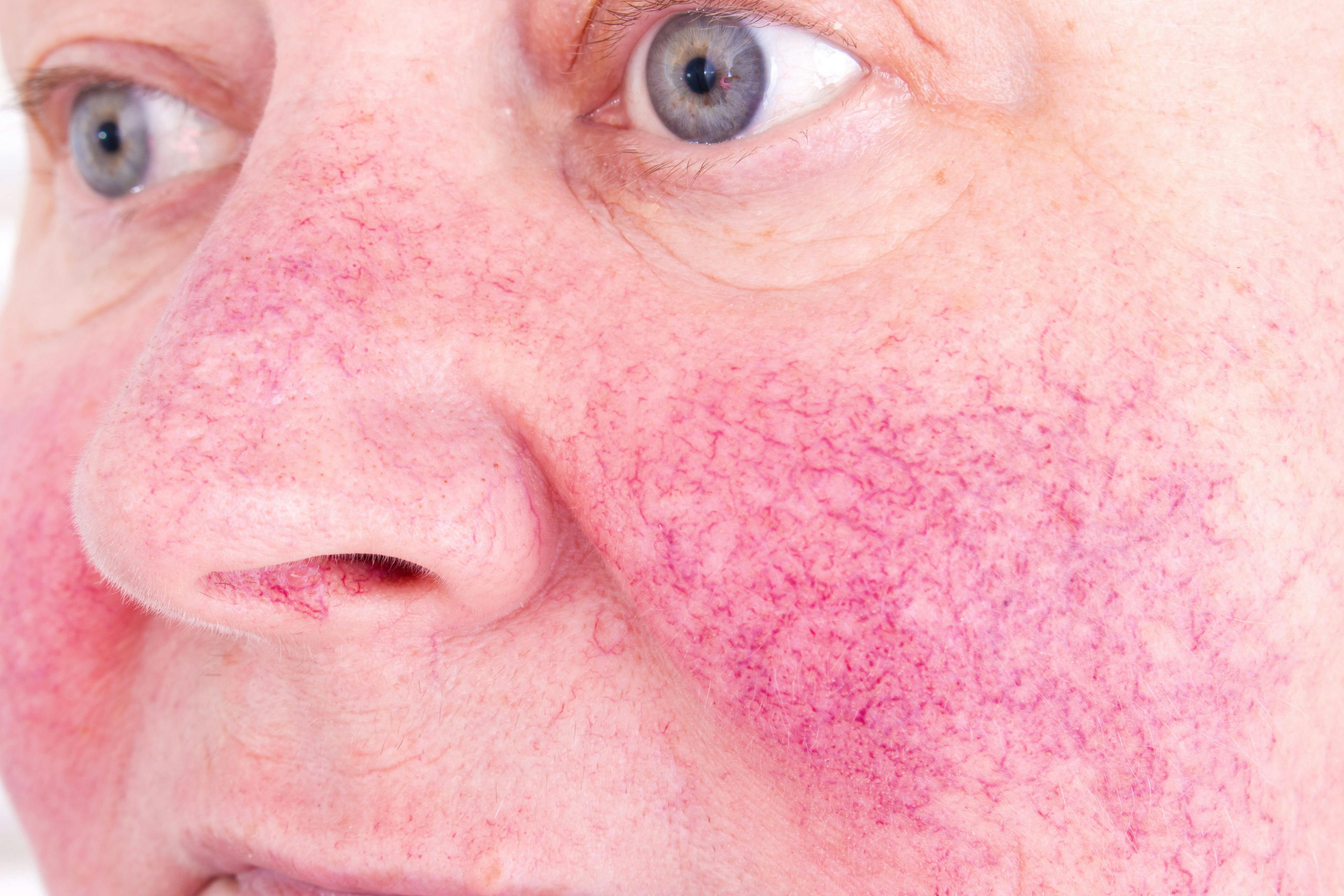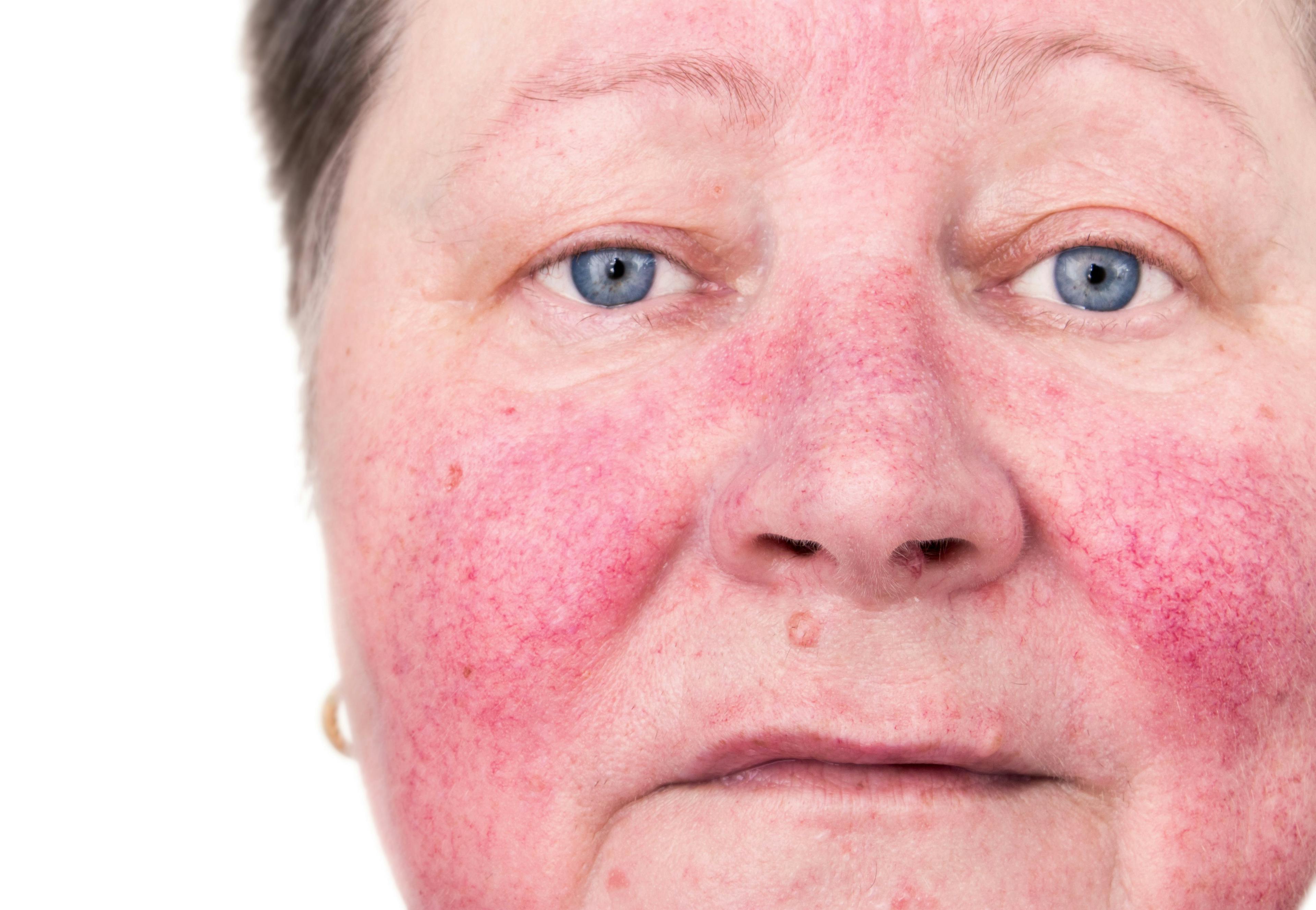- Acne
- Actinic Keratosis
- Aesthetics
- Alopecia
- Atopic Dermatitis
- Buy-and-Bill
- COVID-19
- Case-Based Roundtable
- Chronic Hand Eczema
- Chronic Spontaneous Urticaria
- Drug Watch
- Eczema
- General Dermatology
- Hidradenitis Suppurativa
- Melasma
- NP and PA
- Pediatric Dermatology
- Pigmentary Disorders
- Practice Management
- Precision Medicine and Biologics
- Prurigo Nodularis
- Psoriasis
- Psoriatic Arthritis
- Rare Disease
- Rosacea
- Skin Cancer
- Vitiligo
- Wound Care
Publication
Article
Dermatology Times
The art of the cosmetic consult
Author(s):
The initial cosmetic consultation with a new patient should inspire with possibilities rather than overwhelm with details. That's according to Dr. Mary Lupo who offers several tips for making the most of your cosmetic consults.
Dr. Lupo

The initial cosmetic consultation with a new patient should inspire with possibilities rather than overwhelm with details, according to an expert who presented at The Cosmetic Bootcamp (CBC) this summer.
"I personally don't believe that science is as important as art in what we do," says Mary P. Lupo, M.D. She is a New Orleans-based dermatologist, clinical professor of dermatology at Tulane University School of Medicine and a CBC cofounder. Accordingly, she says it's important to lean on one's artistic skills when first meeting and outlining a treatment plan for a potential patient. To that end, Dr. Lupo offers the following pearls.
Never put technology between you and the patient.
"Do not be looking at a computer screen. Look that patient in the eye 100% of the time. Engage that patient." If your office is electronic, she says, get a scribe. If you use any computer programs during a consultation, says Dr. Lupo, they should supplement or complement what you're telling the patient. Such programs also should allow your patient coordinator or study coordinator to review the treatment plan or options discussed with the patient after the consultation.
It's never about any product - it's about your vision for the patient's face and/or body.
In this regard, Dr. Lupo recommends focusing on what you're going to do for the patient. "How you do it is irrelevant. It's not the paint - it's the painter."
No one walks into an art gallery to admire the canvas and paint, she explains.
"You pay for the final product. So do not diminish your skills and artistry by talking about units, vials and so forth. In the end, the painter is selling their art form and reputation. So are you. Own it."
Watch for negative nonverbal cues.
"The big one is leaning away from you. This could be because you're overwhelming them. Be mindful of that. Many patients come in, and all they want is one little line gone. And that's fine."
However, Dr. Lupo recommends taking patients on a top-to-bottom "tour" of their face, pointing out options that would benefit them and avoiding the word "need." For example, the most common way she convinces patients to undergo botulinum toxin injections for the masseter begins with a global evaluation.
"I'll see their masseter bulging from the side and say, 'do you have grinding problems?'" When the patient answers affirmatively, Dr. Lupo gently guides the patient to touch the area while she explains how masseter hypertrophy affects their facial shape. "If it's a woman, I say, 'it's pulling your face down.'"
These kinds of interactions are crucial, she says, but they must be done slowly and mindfully.
"Some women and men want to take it all in. Some get very afraid. Your social skills must be very finely attuned," says Dr. Lupo.
Additional nonverbal cues worth noting include crossed arms, pursed lips and raised eyebrows.
Capitalize on positive social signals.
Examples include smiling, nodding, leaning forward, dropping shoulders and widening pupils. These are cues, she says, to lean into whatever direction elicited them. "Whatever ball you're carrying at that moment, run with it."
Compliment before criticizing.
Dr. Lupo says that as a woman, she finds it disturbing to hear of certain plastic surgeons in her locale who, when a young woman presents wanting her nose fixed, will painstakingly list $30,000 of work they believe she needs. The patient probably wasn't even considering these issues, says Dr. Lupo, and leaves the office feeling extremely depressed.
"You want to build people up. Don't break them down," she says.
Start by noting the patient's finest or "signature" feature. "Maybe it's their hair, nose or eyes. Maybe it's just their eyelashes. Everybody's got something. Maybe they've got great shoes. Throw the patient a bone before you put them through the meat grinder."
In other words, she says, find a common concern that bothers you and the patient and make that your initial mission. Additionally, Dr. Lupo recommends empathizing with the patient by relating your personal experiences, and showing patients relevant examples from procedures you've undergone and/or other age-appropriate patients.
Think globally, rejuvenate locally.
"Always explain the risks, benefits and, to a certain extent, costs of what you're proposing. Think big picture, because the best patients are the ones you already have in your practice." Providing comprehensive solutions and regular follow-up helps build long-term relationships, she adds.
Build a story.
Healthy skin and beauty are not a destination, but a journey, she says.
"Aging is a chronic relapsing skin disease. And that's why dermatologists are so good at nonsurgical rejuvenation," Dr. Lupo points out.
It's often impossible to cure conditions such as acne and psoriasis forever, she notes. "If I've got a patient who has severe acne, I put them on Accutane (isotretinoin, Roche). And I still make sure they're on Tazorac (tazarotene, Allergan), Altreno (tretinoin, Ortho Dermatologics) or something to maintain their improvement. Left to its own devices, the human body does not do too well."
Antiaging treatments require similar attention and persistence. Patients must stay on top of everything from exercise and sunscreen use to skin care, injectables and laser resurfacing, she says: "It's hard work to look good." Other vital elements of the journey include setting patient expectations and providing realistic timelines.
Refer out when appropriate.
Dr. Lupo refers approximately 20% of her prospective patients to plastic surgeons because she does not perform surgery. "I wish some of the plastic surgeons in town would send me people with acne before passing them off to their aestheticians who really don't understand acne," she says.
Balance sensitivity with strength.
"I can be pretty overwhelming," says Dr. Lupo. So at the end of each consultation, she pauses and asks if she's said too much. "But the greatest mistake I see in doctors is not being decisive and confident. If you're not confident that you can do a good job, go back and get some more training so you can. If you're going to do it at all, do it well."

Newsletter
Like what you’re reading? Subscribe to Dermatology Times for weekly updates on therapies, innovations, and real-world practice tips.





























